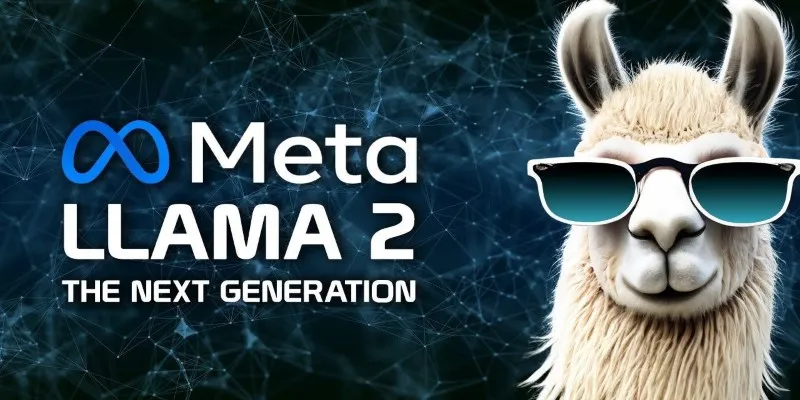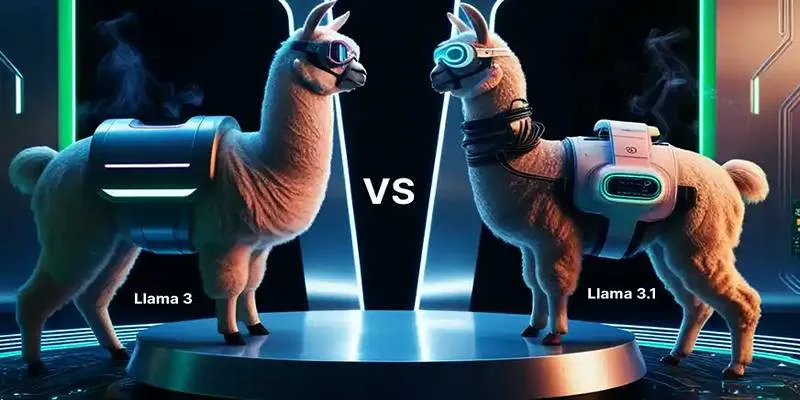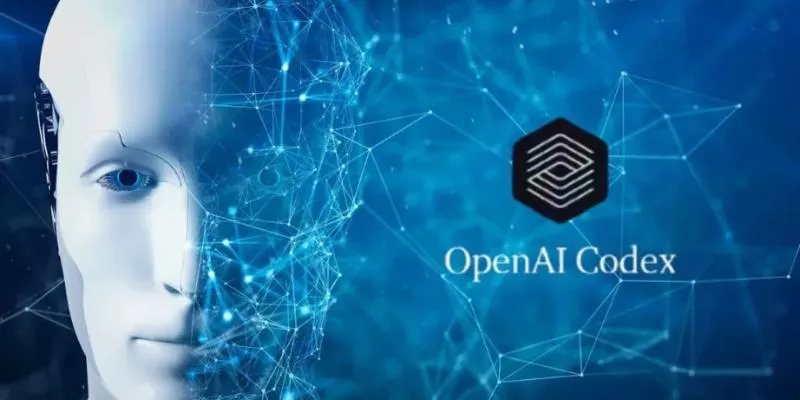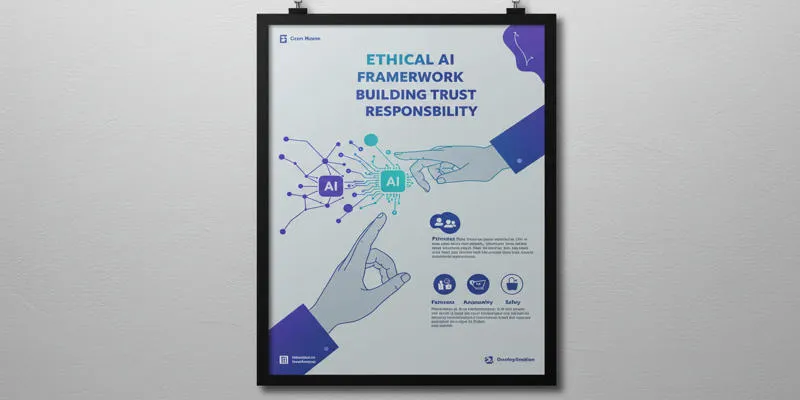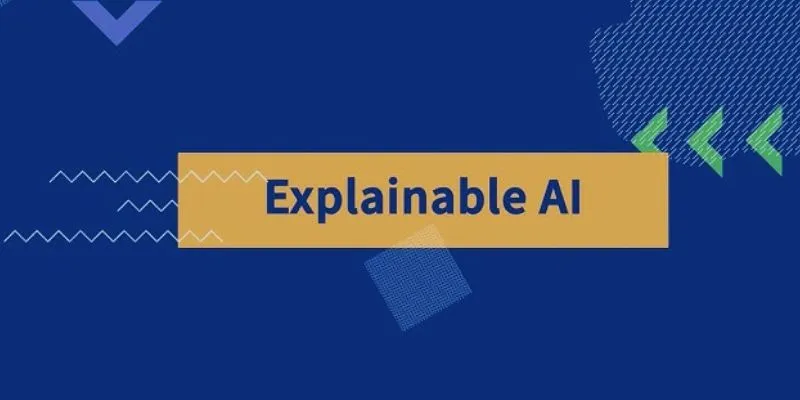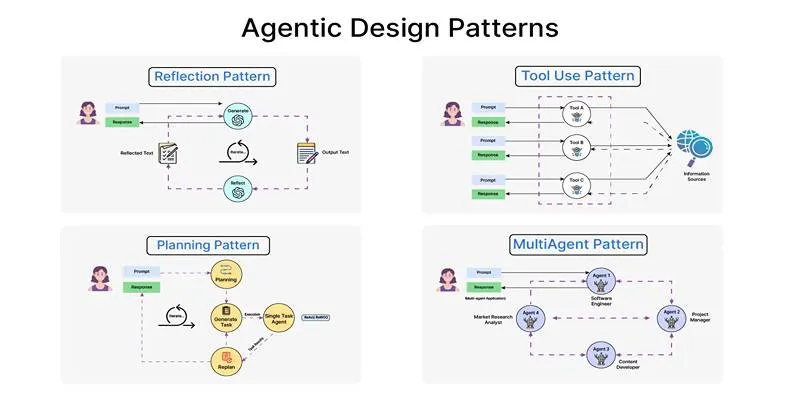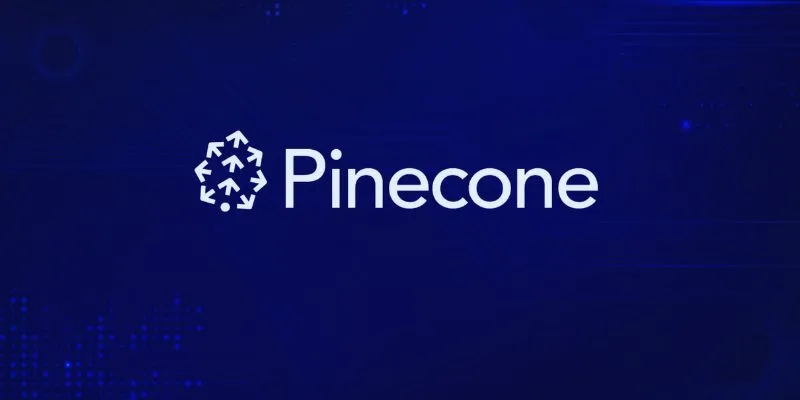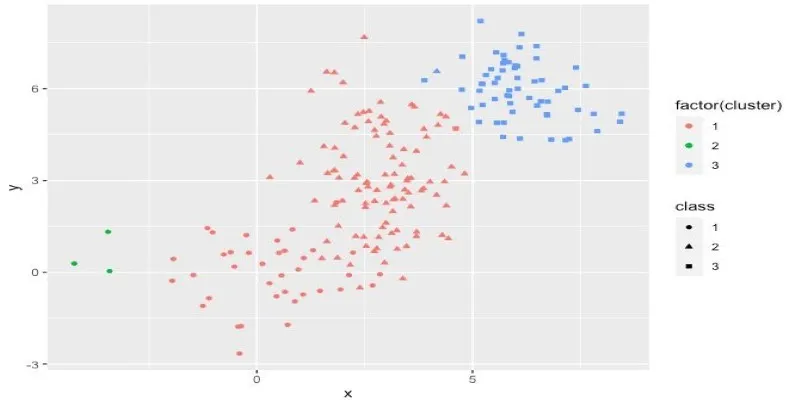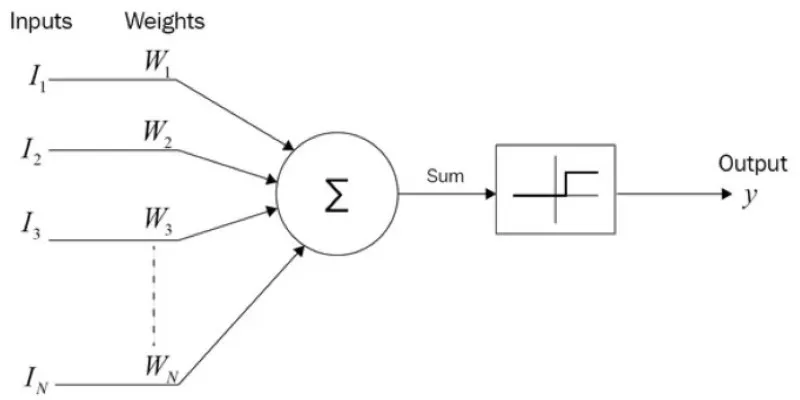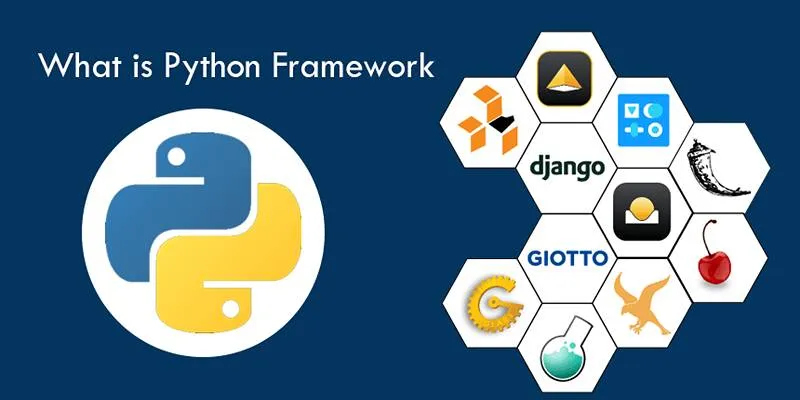Meta has taken a bold step in the world of artificial intelligence by releasing Llama 2, its large language model, for commercial use. This decision isn’t merely a technological advancement; it represents a significant shift in accessibility to sophisticated AI models. Previously, many high-performing models were often locked behind paywalls or limited APIs.
Opening the AI Field with Llama 2
With Llama 2, Meta provides an open-source alternative for developers, researchers, and startups. This move democratizes access, allowing a broader audience to build and customize AI models without the usual barriers of access fees or long waits.
Key Features of Llama 2
Llama 2 is Meta AI’s second-generation large language model, available in three sizes—7B, 13B, and 70B parameters—each tailored to different performance needs. The larger models excel in complex tasks such as reasoning, long-form content creation, translation, and code generation. Notably, Llama 2 was trained using publicly available and licensed data, explicitly excluding content from Meta-owned platforms like Facebook and Instagram.
A specialized version, Llama 2 Chat, has been fine-tuned for conversational use through reinforcement learning from human feedback (RLHF). This version offers more accurate and polite interactions, making it highly competitive with other commercial chatbots.
The Power of Open-Sourcing
The most striking aspect of Llama 2 is Meta’s decision to open-source it for commercial use. Unlike most top-tier models that remain proprietary or require paid API access, Llama 2 is freely available, removing significant barriers for companies, developers, and researchers.

This openness allows more organizations to integrate AI into their operations without relying on external services. Startups and smaller teams can download, run, and fine-tune the model locally, fostering faster innovation and more personalized applications.
Additionally, the open nature of Llama 2 promotes transparency. Developers can explore the training process, identify biases or safety gaps, and enhance the model as needed. This collaborative approach is often limited in proprietary systems.
However, Meta imposes some license restrictions. Companies with over 700 million monthly active users need a special license to use Llama 2 commercially, although most users can adopt it under the open license without extra steps.
Insights into Training, Safety, and Performance
Meta enhanced Llama 2 by training it with 40% more data than its predecessor, involving around 2 trillion tokens sourced for higher quality. The models underwent supervised fine-tuning and RLHF, aligning their output with human values and improving their overall utility.
Safety testing was integral to Llama 2’s development. Meta assessed risks such as bias, offensive outputs, and factual errors, collaborating with third-party organizations. A transparency report was also released, detailing training methods and known limitations.
Despite these efforts, Llama 2 isn’t without flaws. It can produce incorrect or offensive content, especially with poor prompts. Meta advises users to implement safety measures like prompt filtering and output moderation to mitigate harmful outputs.
Performance-wise, the 70B model stands out for its versatility, handling tasks like detailed writing, structured analysis, and coding effectively. Smaller versions are ideal for resource-limited settings, providing a strong performance-to-cost balance, particularly for those running it on their hardware.
Impact on the AI Ecosystem
By offering Llama 2 as an open model, Meta may revolutionize AI adoption. Many companies, especially in sectors like healthcare, education, or logistics, are wary of using third-party APIs due to privacy concerns. Running models in-house gives them better control over privacy, compliance, and performance.

The research community also benefits significantly. Universities and labs previously unable to afford access to large models now have a viable alternative. They can study model behavior, test new approaches, and compare results without relying on limited API access.
This shift also affects the global AI market. Llama 2’s openness makes it accessible in regions where commercial APIs might be restricted, encouraging global participation in AI development. However, it also poses oversight challenges, as Meta’s license terms depend on user compliance.
Meta’s initiative may inspire other companies to rethink their strategies. If Llama 2 achieves widespread adoption, it could lead to more open releases or increased interest in fine-tuning smaller models for specific tasks. The balance between openness and control remains a pivotal part of the ongoing AI discourse, and Meta’s decision strengthens the case for broader access.
Conclusion
Meta’s open-source release of Llama 2 for commercial use democratizes access to advanced AI tools. By providing this powerful model to developers, researchers, and businesses, Meta is changing who can work with large language models and the possibilities they can create. While users must implement safety measures responsibly, the benefits of this open approach are already evident. Whether this move prompts others to follow suit or not, Llama 2 has already set a precedent by making high-quality AI tools more accessible to the public.
For further exploration, consider visiting Meta’s official Llama 2 documentation.
 zfn9
zfn9
